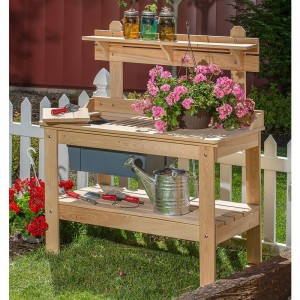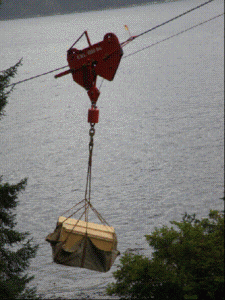There is something about the new year, something about making it over that December “hump” that often shifts our thoughts toward the garden. Maybe it is the seed catalogs that begin to arrive in the mail, or the dwindling variety in the root cellar, or boredom with what the grocery store has to offer.
Nevertheless, early in the year, many minds will turn gardenward. Veteran gardeners will ponder what to plant and where they will plant it. They’ll mull over the peas and whether they should go near the potatoes or alongside the tomatoes, whether there should be sugar snap peas, or snow peas, or good old fashioned Lincolns. A few may think of shelling those same peas and wonder if they are tired of gardening while another bunch will anticipate having their very first try.
In the end, everyone who aims for a garden will at one time or another ponder the question of how much to plant of what. It’s that big question of “How many carrots will we eat in a summer?”, “How many tomatoes can we use up in a year?”, or “One zucchini plant or two?” These are wise questions, and the answers well worth paying attention to, for in the answers reside the balance between effort and outcome, plenty, want, and excess.
If you’ve ever gardened or been around people who garden, you’ve no doubt heard the zucchini stories: how the house filled with the stuff and more money was spent buying ingredients to use it up than it was nutritionally worth; or how so much was given away that neighbors began to dread your approach (well, almost). Conversely, there are tales of how hours and hours of labor were spent only to harvest a lone pepper and a handful of beans. Every story has its element of truth, and there certainly are good years and bad years for gardening, yet these facts do not need to intimidate us. With a bit of wise planning we can work around the difficulties natural to life, enjoy a garden, and be blessed rather than drowned by its bounty.
So, how much of what? The obvious first question is, “How much do you need?” As easy as that sounds, it is a question that many of us can’t answer easily. We go to the store and get stuff and bring it home and eat it without ever focusing on just how much we are eating of what over a given span of time.
Right now, in the middle of winter when gardening chores are slack or nil, is a good time to determine just what and how much produce you and your family could use from a garden. Even if you are not planning a garden, the same procedure can help you plan how many shares you would need to buy from a CSA or community garden.
The procedure and tools can be quite simple. They will also help you determine whether the regular needs of a garden might be a bother for you or not. Try this.

Get a calendar or a sheet of paper. Post it in your kitchen in a place that is near your traffic pattern. Be sure to have a writing utensil nearby. (Tying a string to a pencil and attaching it can really help. A tethered writing implement is much less likely to wander away.) Now, each time you fix a meal or a snack, mark down any vegetables or fruits that you use along with the approximate amounts. Remember that though you are eating canned or frozen now, you could enjoy the same thing fresh during the harvest months. Also write down any fruit or vegetable that you wished you had but didn’t. Do this for at least a month. Keeping a tally for two or more months is even better.
You can make your tally as simple or as complex as you like. You may want to record everything you eat so you can plan not only your growing but your farmer’s market purchases as well. You may already know what you want to grow. If that is the case, you can tally only those items. You may have several items in mind and making a tally will help you decide which you have room for.
As simple as a few pencil strokes each day, you can have a list of what vegetables and/or fruits you use during a given period of time. When you equate your average use with the average yield of a plant, you can get a good idea of just how much to plant.
































I wonder if our minds turn to gardening because the days are slowly getting longer? There’s something about being able to see daylight after 5 PM!
My garden always over or under produces what I need and I have a feeling that if I paid closer attention, it would come nearer to meeting my needs! It’s a great idea to track use through the winter.
I also have “over” or “under” production. My relatives always hope for “over” as they appreciate home canned produce for Christmas presents much more than anything store-bought. This helps with my budget also around Christmas-time!!